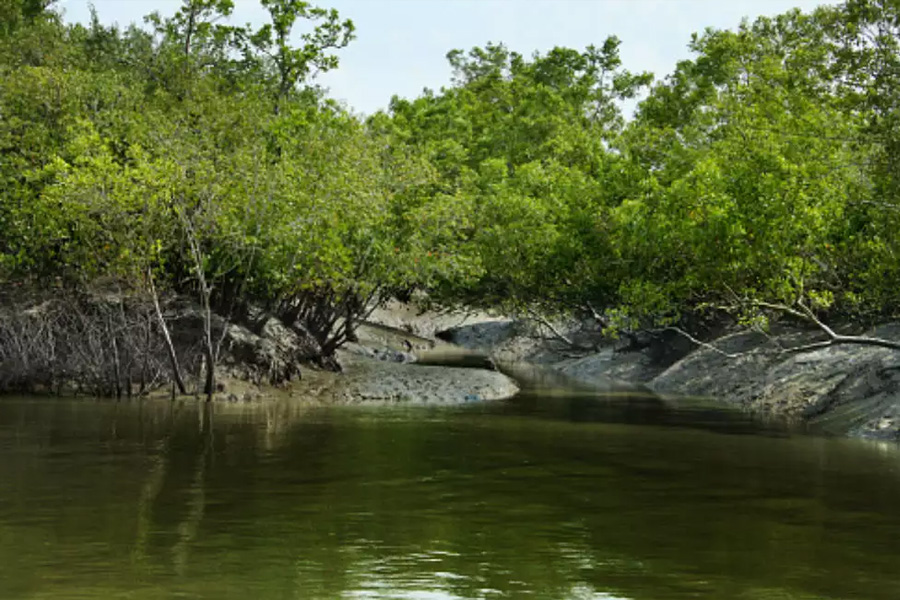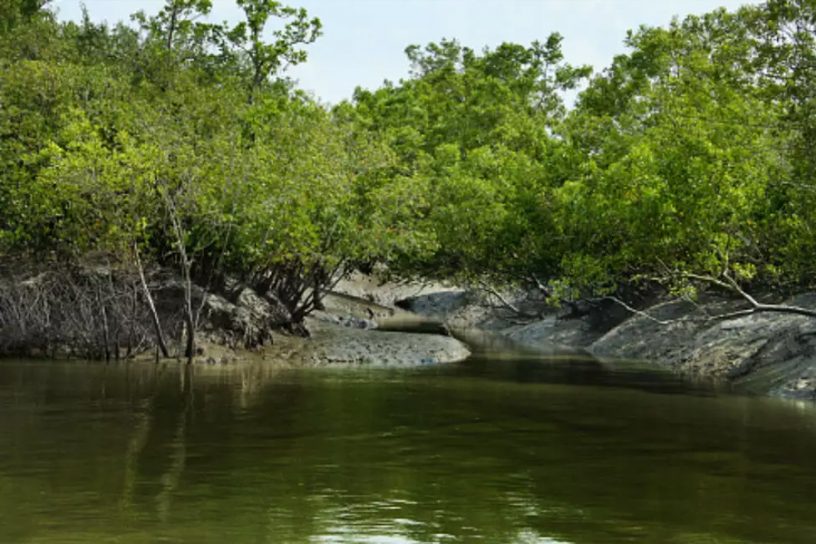
A project implemented at Indian Sundarbans, since 2017 introduced alternative livelihood options to total 471 marginalized families who has been making Rs. 1,629 per month by 2021.
Authors
Abhiroop Chowdhury, Professor, Jindal School of Environment and Sustainability, O.P. Jindal Global University, Sonipat, Haryana, India.
Aman Dawar, Jindal School of Environment and Sustainability, O.P. Jindal Global University, Sonipat, Haryana, India.
Santanu Bhattacharyya, Tagore Society for Rural Development, 46 B, Kolkata, West Bengal, India.
Aliya Naz, Assistant Professor, Jindal School of Liberal Arts and Humanities, O.P. Jindal Global University, Sonipat, Haryana, India; Tagore Society for Rural Development, 46 B, Kolkata, West Bengal, India.
Summary
Indian Sundarban is the part of world’s largest contiguous mangrove forest, delta and home to around 4.6 million people. Climate change induced natural disasters are rampant along its coasts destabilizing lives and livelihood in the region.
Green alternative livelihood schemes addresses the Sustainability Development Goals (SDG), namely SDG-1 (No poverty), SDG-2 (Zero hunger), SDG- 8 (Descent work and economic growth), SDG-10 (Reduced inequalities) and it indirectly impart conservation of mangrove ecosystems (world’s largest blue carbon sink) by reducing nature exploitive livelihood options (SDG- 13, Climate action).
A project implemented at Indian Sundarbans, since 2017 introduced alternative livelihood options (Cycle Van transport, Van Repairing Shop, Grocery Shop, Tea Stall) to total 471 marginalized families who has been making 1,629.00 INR per month by 2021. External evaluation report indicated an average of 40472.50 INR annual income. As per this study, Tea stall is most profitable small business followed by Cycle Van transport, Grocery Shop and Grocery Shop.
Published in: IOP Conference Series: Earth and Environmental Science
To read the full article, please click here.


